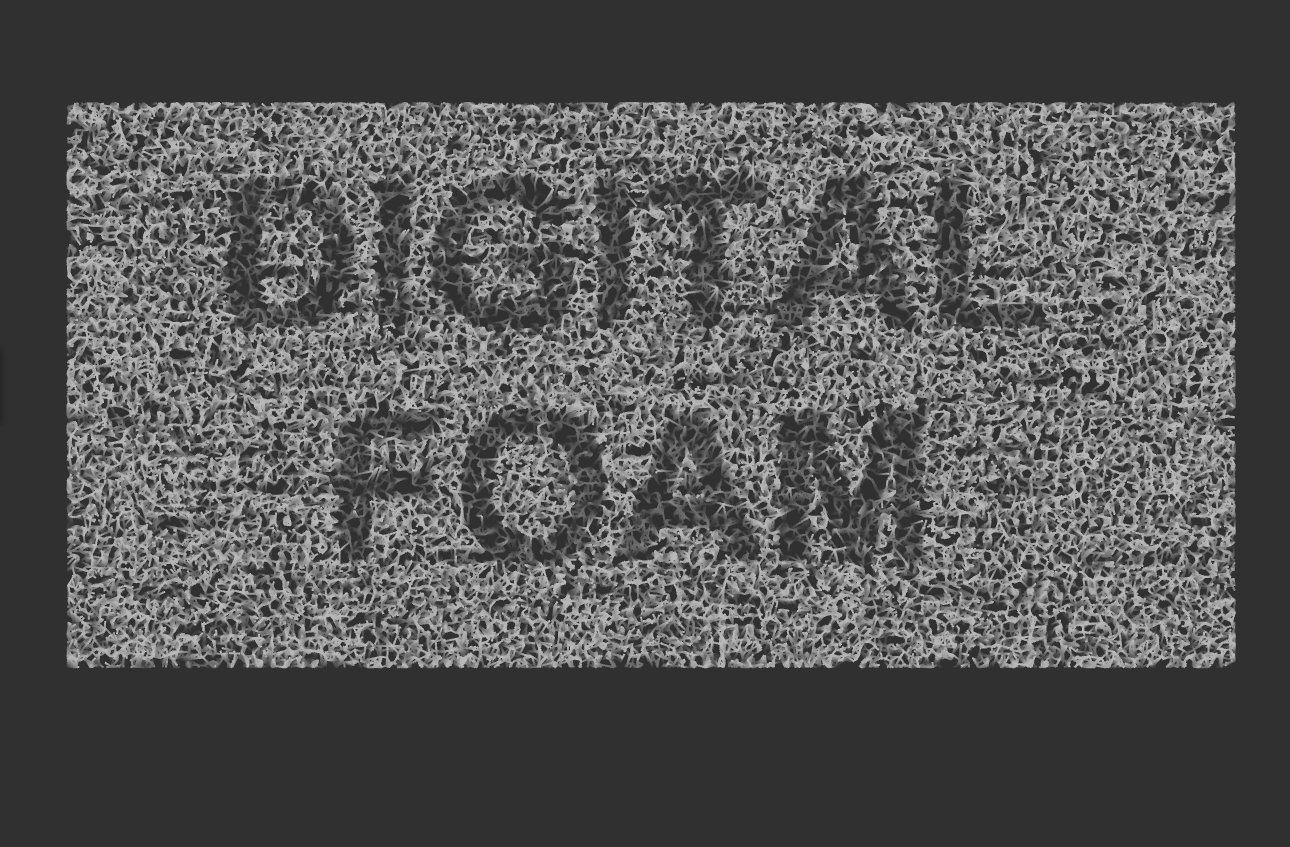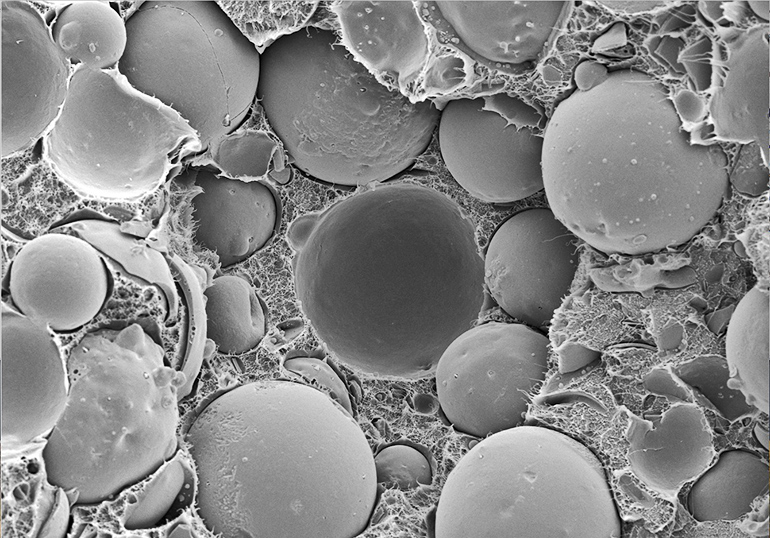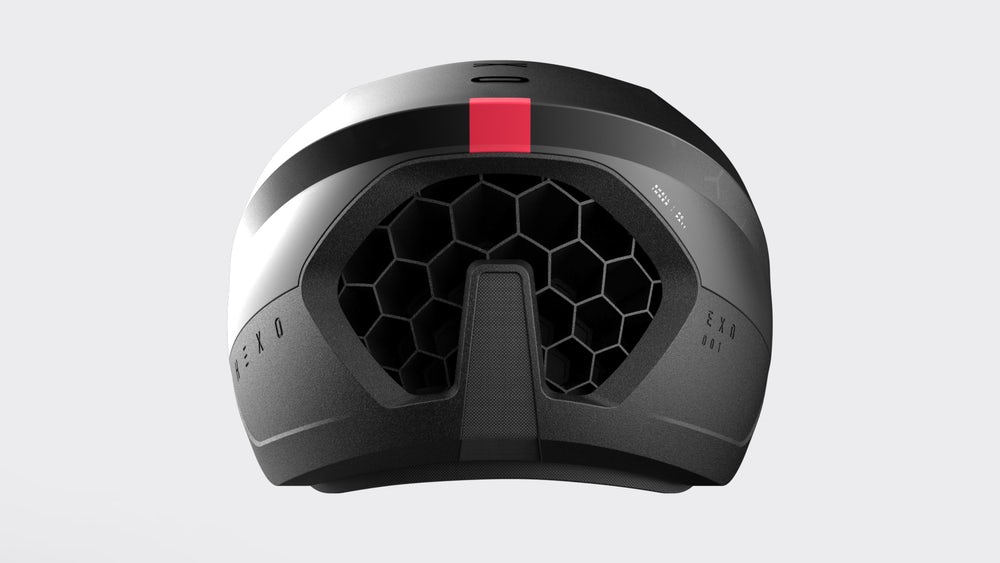EOS North America and its applied engineering consultancy Additive Minds have launched the Digital Foam program, a new hub intended to simplify the process of bringing 3D printed foam products to-market.
The hub is designed to support customers in all stages of the manufacturing process, consisting of CAD, materials, part qualification, and 3D printing. It is also equipped with engineering software from New York-based nTopology to help simplify design, analysis, and preparation of the foam material. Using the Digital Foam program, customers can therefore fast-track the production of their foam 3D printed products, which can include protective headgear, individualized orthotics, performance footwear and more.
“Digital Foam accelerates the adoption of 3D printing, enabling tunable architected materials like foams,” comments Bradley Rothenberg, CEO of nTopology. “This improves upon basic applications making them exceptional — for example helmets that are not only safer, but also lighter-weight and more comfortable.”

3D printing with foam
3D printing foam can be achieved with highly flexible polymer materials, like TPU or PEBA. The process allows users to fine-tune each voxel, which can create various benefits over normal foam product manufacturing methods, including superior comfort, safety, performance and customizability. However, 3D printing with foam is difficult as it requires complex engineering and long cycle times, which Digital Foam aims to nullify.
“The level of engineering required to produce, say, a safer football helmet is massive, but the benefits are equally massive for end users,” explains Dr. Greg Hayes, senior vice president of applied engineering at EOS North America.
“The Digital Foam program was designed to make those huge improvements much easier and less time-consuming for organizations.”

Outside of end-user products though, much research has been conducted around 3D printing with foam to explore its different applications. For example, Researchers from Rice University, Texas, developed a method for creating 3D printed graphene foams. Lawrence Livermore National Laboratory (LLNL) has also used foam to create a 3D printed form fitting silicone, and the University of Twente has used the material to create 3D bioprinted in-air microfluidics. Most recently, a team at NYU Tandon School of Engineering in New York developed a method of 3D printing syntactic foam using commercially available FFF desktop 3D printers.
The Digital Foam program
EOS’ Digital Foam program is already being implemented at Aetrex, a company specializing in foot-scanning technology, orthotics, and comfort footwear. After measuring customers’ feet using its proprietary Albert scanning system, the firm then uses the hub to produce custom 3D printed orthotics with foam that meets the customer’s demands.
“What Aetrex is doing is a perfect example of how Digital Foam can make 3D printed foam applications mainstream in the digital-manufacturing era,” added Hayes. “We have created a sophisticated but easy-to-use solution that connects dozens of dots in the value chain, delivering better products to the market faster than ever.”

Using its Digital Foam platform, EOS and its partners are also planning to develop a football helmet to submit to America Makes’ NFL Helmet Challenge. The competition will award up to $2 million in grants to manufacturers to develop a prototype for a 3D printed NFL helmet that outperforms today’s models.
Although EOS will be submitting an entry that uses 3D printed foam material, the company has also helped to develop the HEXR helmet, which replaces traditional foam lining with a 3D printed honeycomb structure.
Subscribe to the 3D Printing Industry newsletter for the latest news in additive manufacturing. You can also stay connected by following us on Twitter and liking us on Facebook.
Looking for a career in additive manufacturing? Visit 3D Printing Jobs for a selection of roles in the industry.
Featured image shows the Digital Foam program


